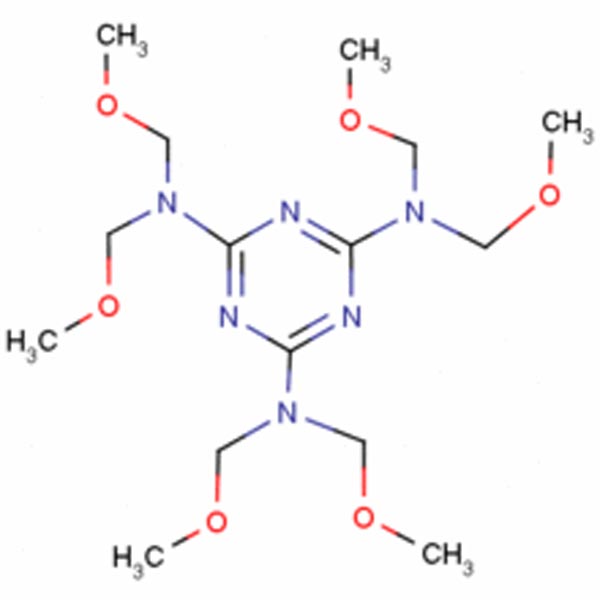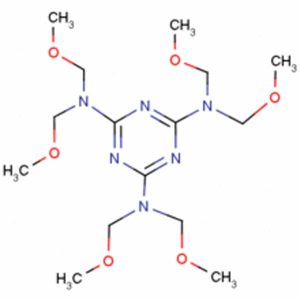Why Doesn’t Melamine Melt?
In a previous article, we learned that a foam made from melamine is not recyclable. This is because the foam blocks the convection and heat transfer of air. But, what about melamine? Did you know that this substance comes from the coal industry? Here, we’ll find out what makes it so unique and why it isn’t recyclable. This article will also give you some simple tips for keeping melamine dishes and cups from melting.
Melamine is an insulator
When you’re looking for an insulator that doesn’t melt, melamine is an excellent choice. Melamine is a natural substance and its properties are excellent for many applications, including walls and floors. It is also fire retardant and self-extinguishing. The resin is used in the production of Formica and other thermosetting plastic products, and it is also used in dry erase boards and foam for soundproofing and cleaning.
Because melamine is heat-resistant, it is not usually recyclable. The material is classified as Class #7 on the Plastic Resin Codes, so recycling plants can’t melt it. However, some recycling facilities grind down melamine to use as a filler for plastics. Wood composites are also made from melamine. However, it is still best to recycle it as new, as it doesn’t melt.
Melamine foam prevents the convection and heat transfer of air
Because of its thermal conductivity, melamine foam is an excellent insulator. Its high density and low thermal conductivity help to keep the room cool and comfortable. It also prevents convection, which causes air to expand and contract. It is a common lining material in heating ducts. And it meets all toxicity and aviation standards. The benefits of melamine foam make it an ideal choice for duct lining.
In terms of density, melamine foam has an average density of 19-30 kg/m3. When divided into layers, it has a positive value. The average density of melamine foam is 19-30 Kg/m3. This density is high enough to prevent convection, and the density of a layer can be divided into ten. When comparing the average density of melamine foam with that of another layer, the deviation is positive or negative.
Melamine is a byproduct of the coal industry
The chemical melamine is a byproduct of coal industry and is used in many household products, including plastics, counter tops, cabinets, tiles, whiteboards, and dishware. It’s a known carcinogen and has been linked to kidney stones and other health problems. It’s also found in many products, including pet food and infant formula.
While melamine is not usually recyclable, it is still considered a greener choice than single-use plastics. It’s categorized as Class #7 on the Plastic Resin Codes, and is not melted in recycling plants like other plastics. Some recycling centers can grind melamine into smaller pieces and use it as a filler for other materials. Other facilities use it to produce wood composites.
The substance is found in many industrial products. It is approved for use in some plastic tableware, including plates and cooking utensils. It is also used in paper and paperboard and in industrial coatings. It isn’t approved by the FDA for direct addition to food, but some countries use it for this purpose. It’s important to note, however, that despite FDA approval, this doesn’t mean it’s safe for consumption.
Melamine is not recyclable
As a thermoset plastic, melamine is not recyclable. In fact, the plastic code for melamine is #7, which means it can’t be recycled or melted. Its use as a filler for plastics is allowed, though it must be kept separate from other materials to prevent it from intermixing with others. Nevertheless, if it is used in small quantities and is made of recycled material, it is better for the environment than using single-use plastics.
It has a long history of use, but it is no longer recyclable. The chemical compound melamine contains formaldehyde, a known carcinogen. This chemical is an industrial byproduct, mainly derived from coal. In addition, it is made from urea, a major component of human urine. However, melamine production is often paired with the production of synthetic fertilizers. Because of this, large quantities of melamine given off during its production cycle are returned to the soil and are used as fertilizer.



